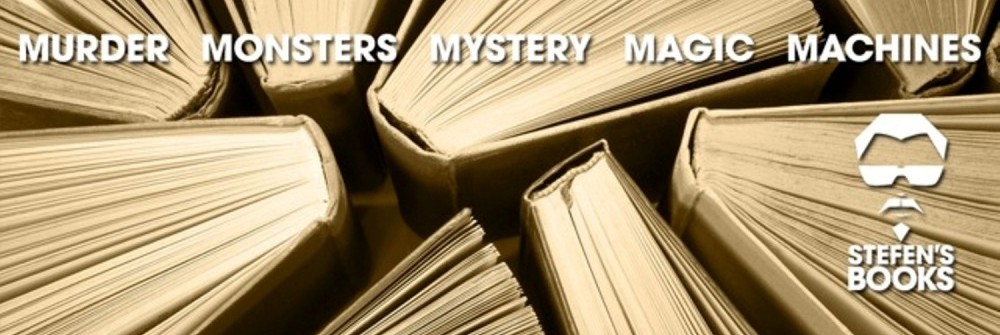
Brave New World
We
Herland
Vermillion Sands
So, obviously these aren’t exactly new releases, though a couple of them have been out of print long enough for them to be new to a bunch of readers. They’re part of a classics reissue that has a rather unique characteristic. Each copy comes with a small sheet of prepared plastic that can be moved over the specially designed covers to create a variety of strange images. Odd artwork aside, they’re also four very worthwhile books.
The first is probably known to just about everybody, even if they haven’t read it themselves. Brave New World is one of the iconic explorations of a rigid future society. A community of citizens genetically engineered to fill economic roles and with a culture of drug use to deal with all social and psychological problems.
The second, We by Yevgeny Zamyatin is less well known despite being the inspiration for Brave New World and George Orwell‘s Nineteen Eighty Four. We was written in 1921 and first published in English in 1924. It is the journal of D-503, a space engineer in a future community called ‘One State’. Privacy is non-existent and all aspects of life are structured and conformist. D-503 begins to write his journal to help him deal with and hopefully resolve the problems he has with his society. Over time, and with the help of others, he finds out the truth behind ‘One State’, with devastating results.
Charlotte Perkins Gilman‘s Herland is an unexpected but very appropriate companion to the first two books. Originally published in magazine serial form in 1915, it was not published as a book until 1979. Part of the genre of utopian fiction that now generally gets folded into science fiction, it is told from the perspective of an explorer and sociologist who stumbles across a lost community made up entirely of women. An entire society that has for thousands of years been made up exclusively of women. How such a society could exist is a puzzle he sets out to solve and the fact that it seems kinder and fairer than his own is a constant challenge to his perceptions. An early exploration of social norms, gender identity and politics that is a must for anyone interested in feminist or utopian fiction.
Rounding out this selection is J G Ballard‘s 1971 short story collection Vermilion Sands. All of the nine stories are set in the fictitious resort from which the book takes its name. In this surreal microcosm the reader will find Ballard at his most whimsical, with his strange collection of characters acting out his even stranger thoughts on art, life , beauty and meaning. Be prepared for mood-sensitive houses, talking plants and statues that growl. I don’t know that I’d call this a utopian or dystopian collection. It’s just a book about some people in a place. A place that’s not quite the same as anywhere else.
